Phallus Indusiatus Facts
- The attention-grabbing term of Phallus Indusiatus serves as the scientific name for a fascinating variety of mushroom. This remarkable, and in some ways quite controversial, fungus, also goes by several other names, however.
- These include such terms as the bamboo pith, bamboo mushroom, veiled lady, crinoline stinkhorn, and the long net stinkhorn. Regardless of which of these distinctive names one uses for it, though, the fungus represents a most unusual species.
- That holds true due to the amazing existence of an entirely coincidental natural attribute it developed in the course of its natural evolution. When exposed to its inherent aroma, some women experience spontaneous orgasms!
- The first recorded scientific recognition of the Phallus Indusiatus as a separate species took place more than two centuries ago. Occurring in 1798, this took place as the result of the efforts of the French botanist Etienne Pierre Ventenat.
- For the moment, the IUCN has no listing for this species on its Red List of Threatened Species. It nonetheless faces potential threats to its continued existence. Like many other species around the world, it’s vulnerable to climate change.
Related Articles
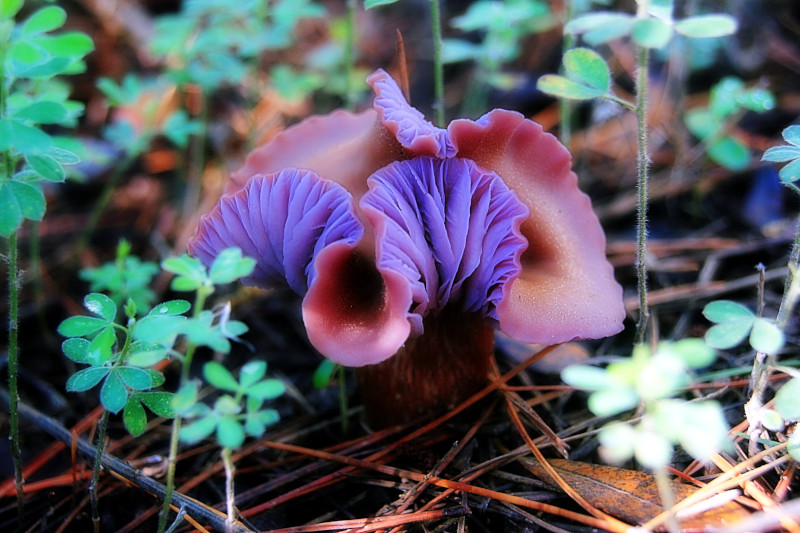
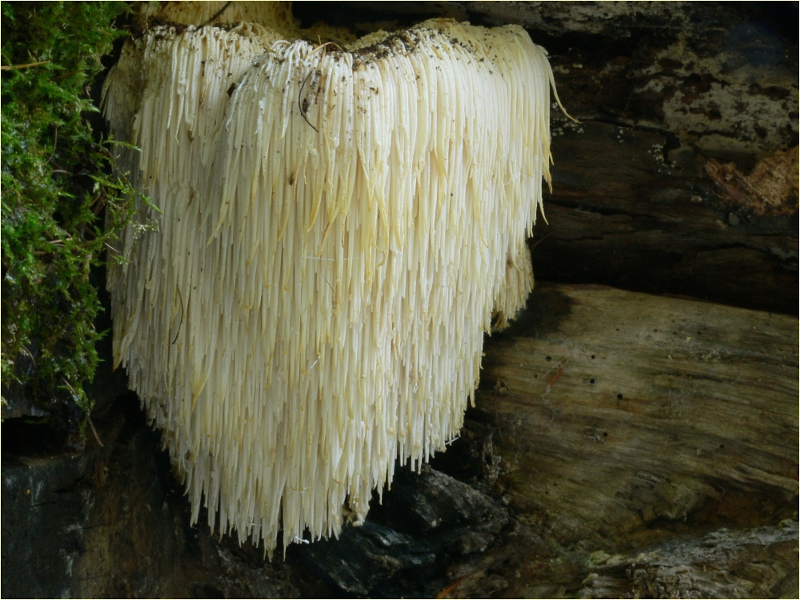
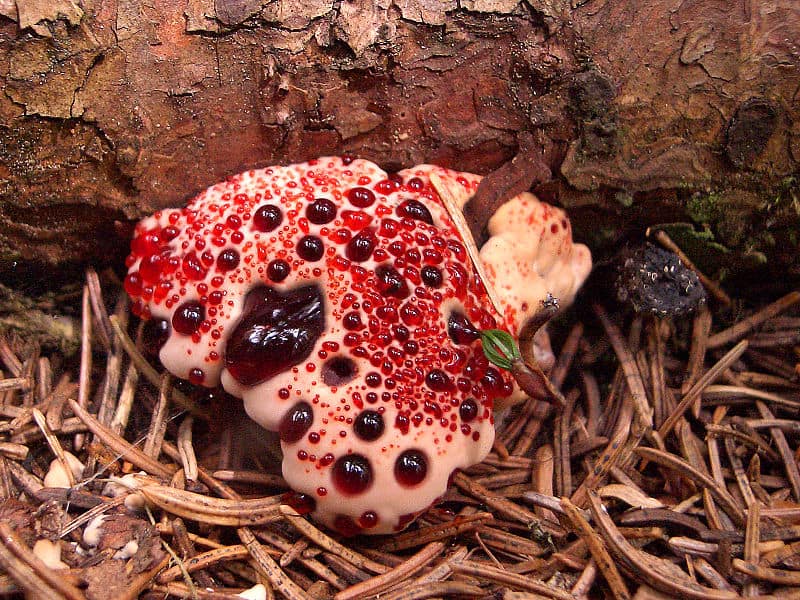
Phallus Indusiatus Physical Description
The Phallus Indusiatus remains well known for more than just its distinctive aroma. It’s also an impressive specimen in terms of sheer physical size. In point of fact, this work of Nature possesses some highly respectable physical dimensions.
Mature examples of this intriguing variety frequently attain a height measuring as much as 10 in (25 cm). The large bell-shaped cap itself also boasts a respectable size. This part of the unique marvel reaches an average width of approximately 1.6 in (4 cm).
Yet the cap has other qualities to fascinate one than simply mere size. This feature further produces copious quantities of a green slime, containing its spores. This viscous fluid tends to attract large numbers of insects, including flies, who then spread the spores.
The Phallus Indusiatus also produces yet another distinctive feature. That’s a comparatively wide, and somewhat lacy, skirt. In color, meanwhile, the stalk generally displays a bright white color. The cap, though, most often shows either a light or dark brown shade.
- Kingdom: Fungi
- Phylum: Basidiomycota
- Class: Agaricomycetes
- Order: Phallales
- Family: Phallaceae
- Genus: Phallus
- Species: P. indusiatus
Phallus Indusiatus Distribution, Habitat, and Ecology
Quite fortunately, the Phallus Indusiatus inhabits a wide swathe of the globe. Its greatest concentrations appear in parts of the continents of Africa and South America. But this natural wonder also grows, if in smaller numbers, in Mexico and portions of Asia.
Sadly, though, its overall numbers remain relatively low. That’s because, while it appears in many regions, its density in each of them is thin. It primarily appears in regions of tropical forest, but will grow opportunistically in gardens if the soil is rich enough for it.
It’s also edible, and commonly appears in Oriental cuisine. Regrettably, it doesn’t last long, typically only appearing for about 3 days. Research further shows that this fungus also possesses numerous chemical compounds with valuable medicinal properties.
But the compound of greatest interest to most remains the one that creates its astounding effect on women. The sexually stimulating effect for which it’s best known remains inconsistent, however. In studies, only 37.5% of females experienced the amazing result.
In lab tests, the Phallus Indusiatus also required strong concentrations. With smaller dosages, though it failed to create the controversial effect, it caused elevated heart rates. Men, meanwhile, found the aroma unpleasant, and experienced no physiological effects.
Species Sharing Its Range



Check out our other articles on 6 Incredible Asian Islands, Golden-Handed Tamarin, Bristlecone Pine, Great Hammerhead Shark, Fantasy Canyon, Indian Vulture, Leaping Lesbian Lizard
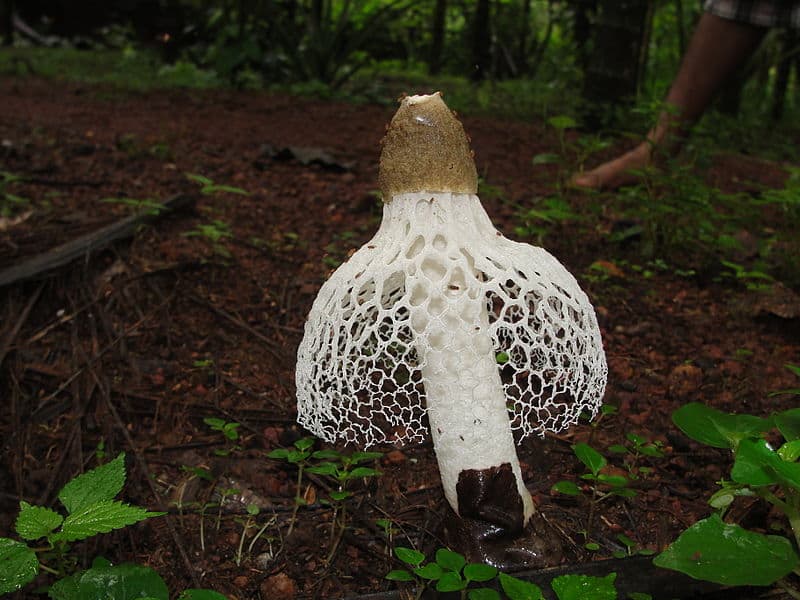
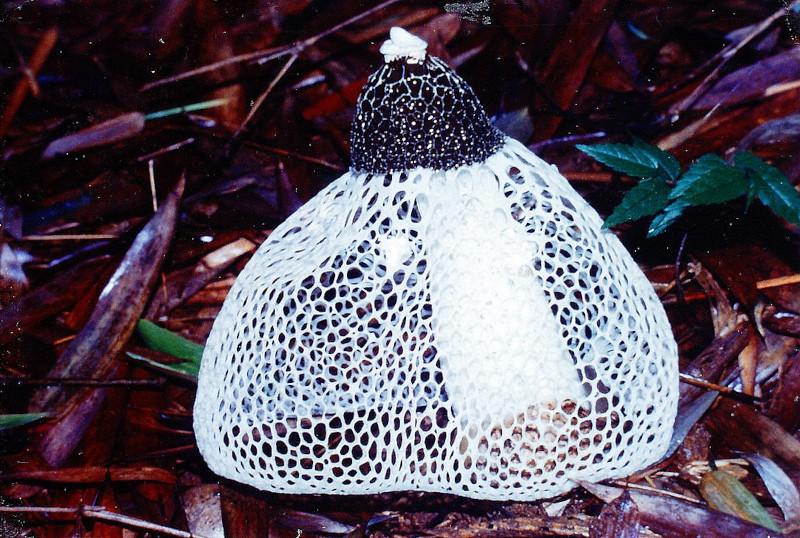
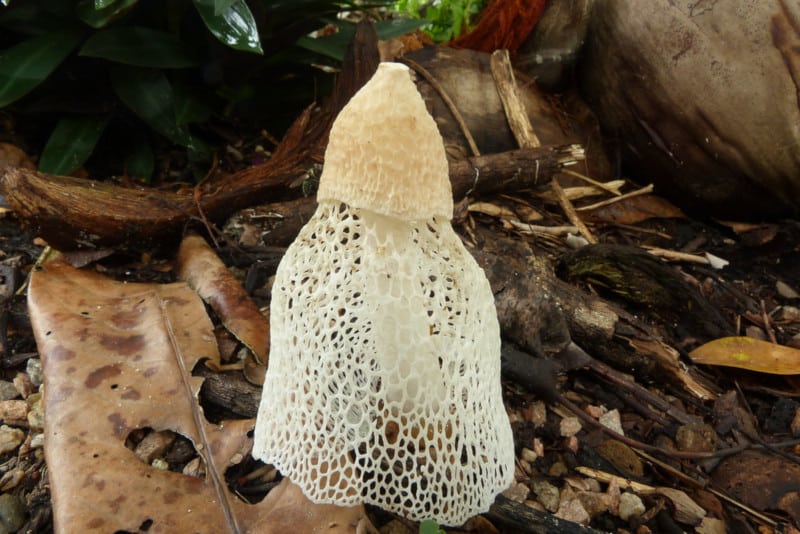









Where can I buy a seed to plant. Where can I find
Hello, Gori,
As a mushroom, the Phallus Indusiatus has no seeds. However, some herbal supplement suppliers sell capsules purported to contain dried, powdered Phallus Indusiatus. We can neither confirm the validity of the contents, or the…effectiveness…of the supplements, however.
Sincerely,
OBP